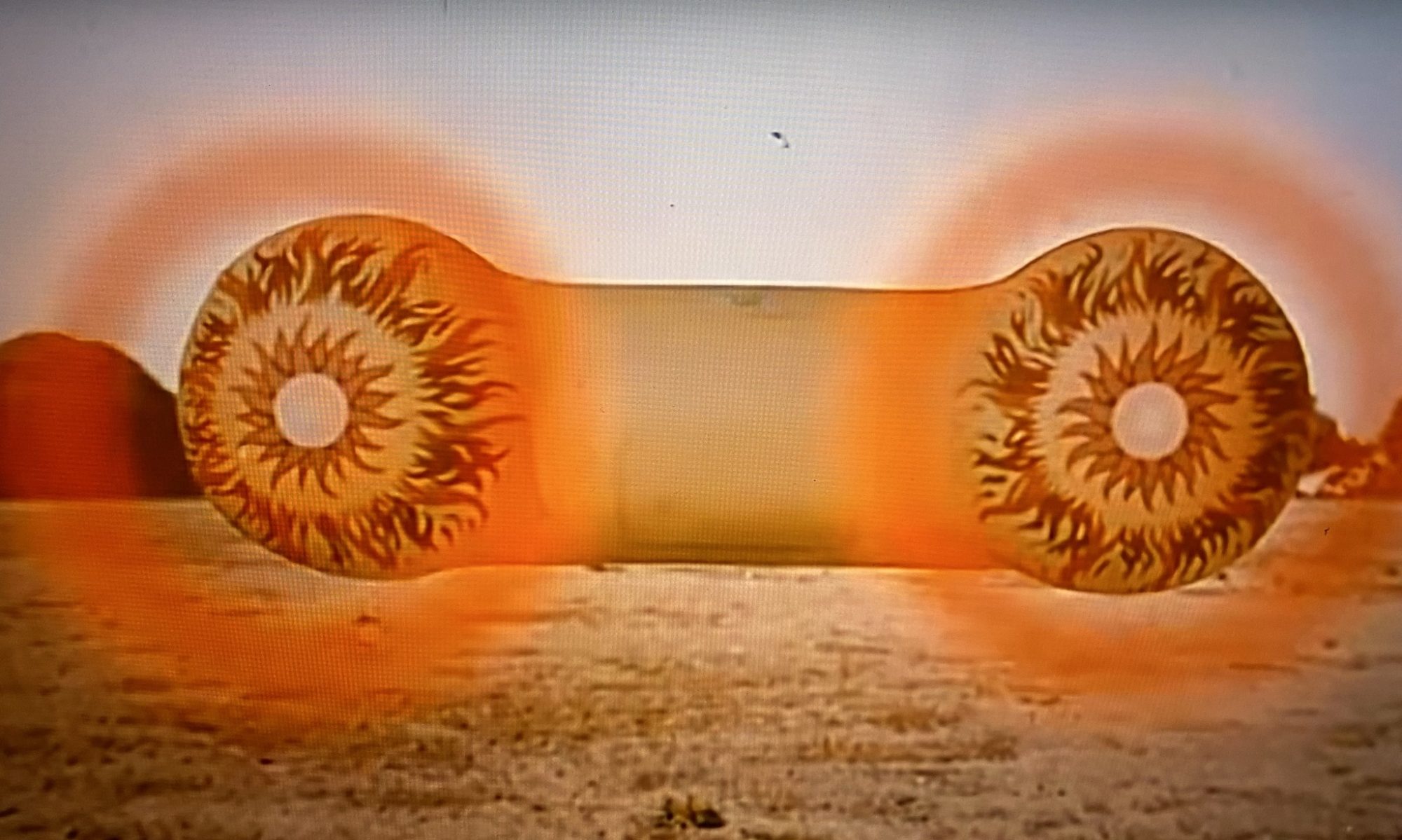“That’s a fascist bar,” Herzog replied as we walked past a normal looking Italian eatery while stencil hunting in a chilly Vicenza. Being Sunday, not much was open, but this spot blared dance music and was ready for business. Just a few minutes before he made this comment, Herzog, who’s politics seem to lean towards leftist/radical, showed me the local headquarters for the Lega Nord, a group of Italians who he and his partner Elisa called separatists. The office had posters of a stereotypical Native American Chief on their windows. “You know what this says?” I was asked. Basically, keep letting the immigrants into Italy and the native Italians will end up on reservations!
This discussion on fascism in Italy started after I asked Herzog about all the symbols I’ve been seeing in the Florentine graffiti scrawls. A few days ago, my niece Anna said that she knew a boy in her high school who was an anarchist. I took this opportunity to discuss anarchism, socialism, and fascism with her, using the graff scrawls as talking points. The symbols used here in Florence are almost cliche: a circle-A for anarchists, a sickle and hammer for the socialists, and a swastika for the fascists. They’re all over the city, crossed over like gang tags are in San Francisco. I wish I knew Italian so that I could have translated the messages for Anna.
One symbol that kept showing up here, and in other parts of Tuscany, was a cross in a circle. Anna asked me if it was fascist and I assumed that it was since both the anarchists and the socialists “go over” (i.e., x it out) it. I also thought that it might be a radical catholic group since the symbol was overtly religious. Herzog told me that it was indeed a fascist symbol, but I didn’t see it in Vicenza. Elisa told me that the political “gangs” use specific colors of spray paint sometimes too: red for the socialists, green for the Lega Nord, and black for the fascists. At one point in our stencil hunt, Herzog said “this street is black,” meaning political leanings (fascist) rather than the skin color of the people who lived there. An alley way had the graff scrawls to prove the ongoing street battle, and a sickle and hammer symbol hung on a recently-added black gallows pole .
On the first train back towards Florence this afternoon, I caught a scratching in one of the windows: a swastika with the Italian phrase “Italy for Italians.” I flashed back to an event I worked earlier this year for Ron Jones at the San Francisco Jewish Community Center. I’ve been honored to work with Ron Jones over the years through director/performer Judy Cohen. Ron’s a great guy who writes amazing beat-style poetry and is an activist for causes that help people with disabilities.
Years ago I found out that Ron Jones instigated an experiment in a high school social studies class that he taught back in the 1960s. He introduced the concepts of totalitarianism into his class room and called it The Third Wave. The class took to the orderly lifestyle, introduced a salute and wore uniforms, and then pressured other students to join the movement. By the time Jones ended the experiment, by playing Nazi propaganda films, it had started to get out of control.
Ron wrote a book about the experience, and since then, has offered free rights to reproduce the work for anyone who uses the story for educational purposes. An after school special was produced in 1981 called “The Wave” and I have sought the video out for years without much luck. This year, a German production company produced another version of the story titled “Die Welle” (The Wave), and I worked the only North American viewing at the SF JCC for Ron. In this version of the story, the teacher is an old anarchist punk who isn’t liked by his boss. So he gets to teach a summer class on fascism. He does it too well, it gets out of control, and at one point the group goes on a street graffiti spree, stenciling and stickering their wave logo all over their city.
After the viewing, there was a great discussion about the movie with Ron and a few of the students who were part of his original experiment. Ron and I also had a few side discussions about fascism and humanity’s seemingly unending inclination to hate an “other”. He was surprised that I’d sought the 1981 version for so long without luck but had no idea where I could find it. We both felt that the topic is relevant and will always be relevant as long as stories like Israel/Palestine, Shiite/Sunni, Indian/Pakistan, etc. continue to unwind their bloody narratives.
Today, back in Florence after more train rides than stencil hunting, I snacked on a salad while I cruised the Internet via all the RSS meta-feeds that I have bookmarked. Deep in Metafiler’s feed was a posting titled “High School Fascism Redux.” I clicked through and found a great summary on Ron Jones and the many versions of “The Wave.” The 1981 Made-For-TV version is on Google Video as a cult classic! So finally, with on-topic, perfect timing, I get to watch the version I’ve been searching for.
Meanwhile, in the world, Israel pounds a starving Gaza Strip. A suicide bomber kills scores of Shiites in Iraq. India and Pakistan rattle sabers after the Mumbai attack. And the GOP in the USA deals with an embarrassing holiday video titled “Barak the Magic Negro.”
Not only is the writing literally on the walls, but hatred of all stripes lives and breathes into the new year.
Let’s hope that 2009 is filled with better things for you and yours. And if you haven’t already, now is the best time to discuss these issues with your loved ones.

One Reply to “Italy for Italians, A Lesson on Fascism”
Comments are closed.